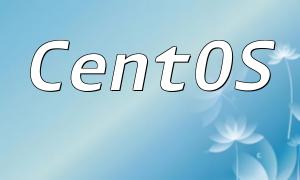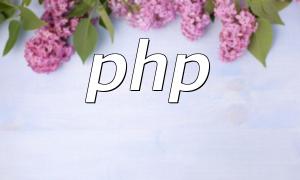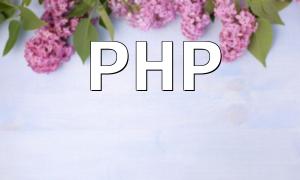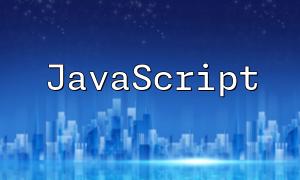macOS is a popular platform for PHP development thanks to its powerful Unix-based system and extensive support for development tools. This article will guide you through setting up and optimizing a PHP development environment on macOS to boost your productivity.
Before you begin coding, the essential step is to configure a reliable development environment. macOS users can utilize the Homebrew package manager to simplify the installation of PHP and related tools.
To install Homebrew, run the following command:
<span class="fun">/bin/bash -c "$(curl -fsSL https://raw.githubusercontent.com/Homebrew/install/HEAD/install.sh)"</span>
After Homebrew is installed, you can install PHP by running:
<span class="fun">brew install php</span>
Check if PHP was installed successfully by running the following command in the terminal to display the PHP version:
<span class="fun">php -v</span>
Choosing the right PHP framework can significantly accelerate your project development. Laravel and Symfony are two popular and powerful PHP frameworks suitable for macOS development.
Laravel requires Composer to be installed first. Use Homebrew to install Composer:
<span class="fun">brew install composer</span>
Then create a new Laravel project with:
<span class="fun">composer create-project --prefer-dist laravel/laravel your-project-name</span>
Similarly, install the Symfony skeleton project using Composer:
<span class="fun">composer create-project symfony/skeleton your-project-name</span>
Both frameworks offer extensive documentation and active communities, providing solid support for PHP development on macOS.
Maintaining good development habits is essential for project quality. The following recommendations help keep your code clean and maintainable.
Git is the leading version control system, enabling developers to manage code changes effectively and collaborate smoothly. Initialize a Git repository with:
<span class="fun">git init</span>
The PHP-FIG group has established coding standards such as PSR-1 and PSR-2. Adhering to these improves code consistency and facilitates team collaboration and maintenance.
Write unit tests using PHPUnit to ensure your code is stable and reliable. Here is a simple example of a test class:
class YourTest extends TestCase {
public function testExample() {
$this->assertTrue(true);
}
}Developing PHP on macOS offers the advantages of a powerful Unix-based system combined with a rich toolchain and frameworks to enhance development efficiency. Setting up the environment properly, choosing the right framework, and following best practices are key to building high-quality PHP projects.
Additionally, naturally incorporating keywords like "macOS", "PHP development", and "Laravel" into your content can improve search engine visibility. Regularly updating and optimizing your content helps better meet user needs and search engine algorithms.









